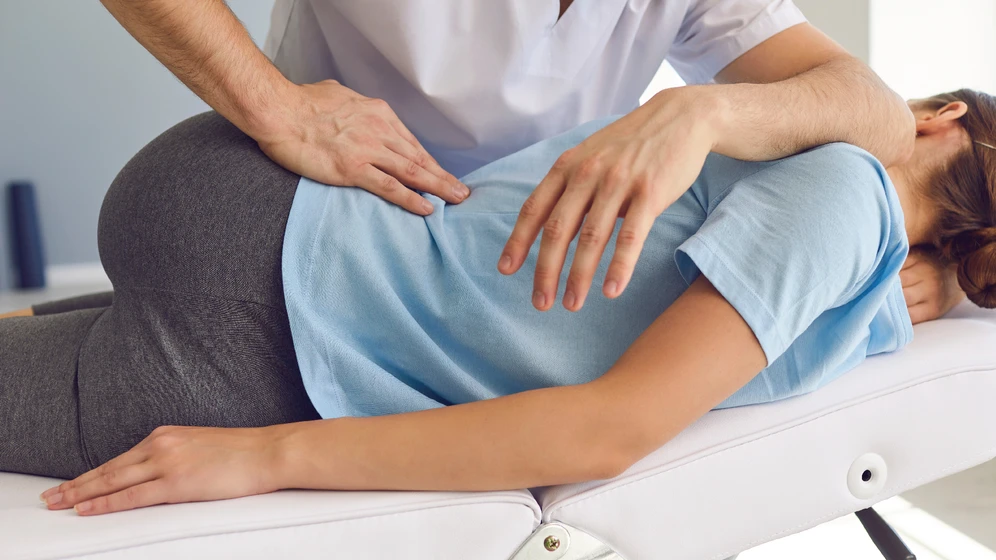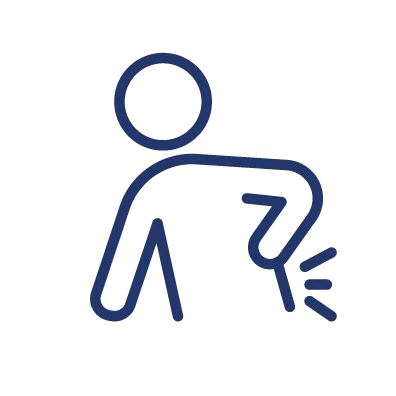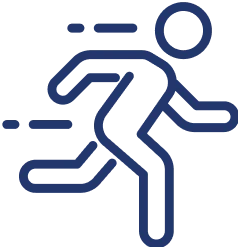
Physical Therapy and Rehabilitation After Spine Surgery
Physical Therapy and Rehabilitation After Spine Surgery
Spinal surgery is a complex treatment that requires close post-operative care. One of the most important steps in recovery and quality of life is "physical therapy," which plays a crucial role in systematically rehabilitating the body, helping patients return to daily life safely and efficiently.

Physical Therapy After Spine Surgery
Reduce Pain
Using various techniques such as hot-cold compresses, ultrasound, or electrical stimulation.
Increase Muscle Strength
Especially the core muscles to support the spine and provide stability.
Restore Joint Mobility
Reduce stiffness, tightness, or muscle spasms.
Balance and Walking Training
Helps patients walk and move safely.
Promote Surgical Wound Healing
Without excessive pressure or irritation to the wound.


Rehabilitation Stages
Post-spinal surgery physical therapy depends on the type of surgery and the patient's physical condition. It generally consists of:
Initial Stage (1–2 weeks after surgery): Focuses on basic movements like getting out of bed, walking slowly, and breathing exercises.
Intermediate Stage (2–6 weeks): Start incorporating exercises to strengthen muscles and improve flexibility.
Long-Term Recovery Stage (6 weeks and beyond): Continue exercising, adjust daily movements to prevent re-injury.
Treatment Technique
Recommendations for Patients
Follow the doctor's and physical therapist's advice strictly.
Avoid lifting heavy objects or twisting movements in the early stages.
Regularly monitor symptoms, focus on rest and proper nutrition to aid recovery.


Treatment Steps
Effective care to restore spinal health
The spine is one of the most important parts of the body that helps support weight and allows normal movement. When the spine is injured or has issues such as a slipped disc or nerve compression, physical therapy (PT) becomes an essential option to restore movement and alleviate pain caused by these problems.
Spinal Physical Therapy Techniques
At S Spine & Joint Hospital, we use various spinal physical therapy techniques that help strengthen muscles and restore spinal movement. These techniques are selected by physical therapists based on the symptoms and severity of the problem, including:
1. Stretching
Stretching is an essential technique for relieving pain and improving spinal flexibility. It helps reduce muscle tension in the back and alleviates pressure on the intervertebral discs, which are a primary cause of pain.
2. Strengthening Exercises
Strengthening core muscles, such as the abdominal and back muscles, helps support the spine and reduces the risk of future injuries. Physical therapists often focus on exercises targeting these muscles to stabilize the spine.
3. Electrical Stimulation
Using devices that send mild electrical currents to painful muscles or nerves helps alleviate pain and stimulates better muscle function. This technique is suitable for patients with chronic pain or post-injury pain in the spine.
4. Heat and Cold Therapy
Heat and cold therapy is commonly used to relieve pain. Heat helps increase blood flow and relax tight muscles, while cold reduces inflammation and swelling.
5. Posture Training
Training correct posture while sitting, standing, or walking helps avoid excessive pressure on the spine, a leading cause of chronic pain. Proper posture will help reduce stress on the spine.
6. Walking Therapy
Walking is a simple yet effective exercise that encourages the spine to function normally, increasing flexibility and strength. It also helps reduce the risk of muscle stiffness after surgery or spine injuries.
Benefits of Using Physical Therapy Equipment
Quick and Accurate Results These tools help achieve accurate treatment and faster results, especially in post-spinal surgery patients.
Reduced Use of Medication These tools reduce the need for medications, which can have side effects or long-term health issues.
Enhance Rehabilitation Efficiency Physical therapy tools make rehabilitation more effective.
Convenient and Safe Physical therapy tools are safe and easy to use in clinics or hospitals.
Why You Should Choose This Treatment

ลดอาการปวดหลังผ่าตัด

ช่วยฟื้นฟูกล้ามเนื้อโดยรอบ

เพิ่มความยืดหยุ่นและการเคลื่อนไหว

กลับไปใช้ชีวิตปกติได้เร็วขึ้น

ประหยัด
โดยรวมถูกกว่า
Related Links

Specialist Doctors

Related Experiences

Related Articles
Symptom Check / Consult Specialist

No. 2102/9 Ladprao Road, Wang Thonglang Subdistrict, Wang Thonglang District, Bangkok 10310
Call : 02-034-0808Our Services
Quick Menu
Copyright © 2025 S Spine and Joint Hospital. All right reserved

